Maitake mushrooms (Grifola frondosa) were nicknamed the “dancing mushroom” by the Japanese. It’s said that maitake got this nickname from people who danced with joy when they found it in the wild.
This delicious, highly textured mushroom has been consumed for over 3,000 years as a table delicacy, but it’s also renowned for its healing powers in the Eastern world.
In this article, we’ll discuss everything from what maitake mushrooms are, how they’re used medicinally, the common side effects of taking maitake mushrooms, potential interactions, and how to take maitake mushrooms.
With so mush to discuss, let’s dive in.
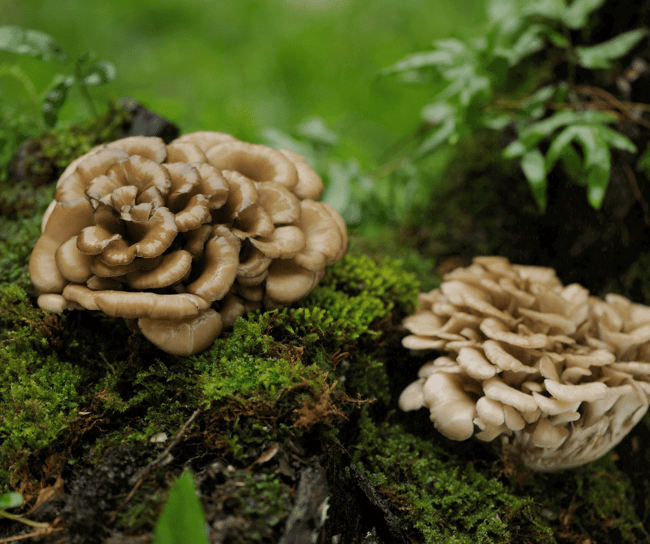
What are maitake mushrooms?
Maitake is a wild mushroom that is largely considered by Asian cultures, especially the Japanese, to have medicinal and functional benefits to the human body. Maitake is one of the most widely-cultivated mushrooms in the world alongside button mushrooms, shiitake, and oyster mushrooms.
Maitake mushrooms are usually found growing in clusters at the base of oak trees in various parts of Asia. They can sometimes be found on elms or maple trees.
Maitake mushrooms are also considered a gourmet variety. They’re absolutely delicious and are commonly found in soups, stews, stir-frys, and sauteed as side dishes in restaurants and home kitchens around the world. Its taste is earthy and peppery.
Maitake is a type of adaptogen - meaning it helps the body fight off diseases and help to create both mental and physical homeostasis. Maitake contains high levels of antioxidants, vitamin D, vitamin B, copper, potassium, fiber, minerals, and amino acids.
It’s makeup is also comprised of 26% beta-glucans, making it a potentially great treatment aid for:
- Cancer support
- Liver protection
- Cholesterol regulation
- Enhanced immune function
- Lowered blood glucose levels
Find out more about the beneficial compound called maitake d-fraction here.
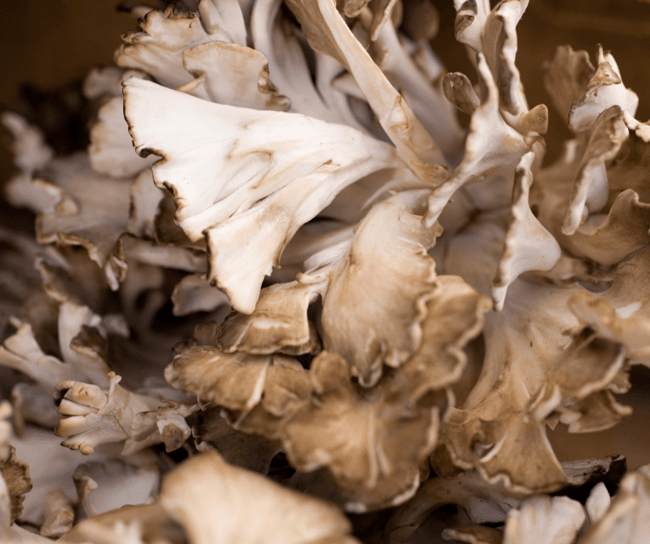
What are the most common side effects of maitake?
The good news is that there are very few reported side effects of maitake mushroom supplementation. More research needs to be done in order to compile a comprehensive overview. Always talk to your doctor before adding supplements to your health routine.
The few reported side effects of maitake include:
Maitake may also increase bleeding. So it’s important to not take maitake within two weeks of a scheduled surgery, if you have a bleeding disorder, if you’ve recently given birth, or if you’re currently pregnant or planning to become pregnant.
If you’re considering adding maitake to your health regimen, please consult a physician beforehand to ensure it’s the best choice for your health and wellbeing.
Possible interactions from maitake mushrooms
It’s important to consider that maitake consumption may increase bleeding and to be careful when taking maitake mushrooms if you’re also taking blood-thinning medications (e.g., warfarin). It’s also recommended to not mix maitake with komen - a diabetes or blood pressure medication.
Please consult your doctor about maitake if any of these scenarios apply to you and to discuss whether you’re on any medications which may interact with maitake.
Maitake mushroom dosage
Dosage will vary person-to-person based on body composition, age, size, health status, gender, and more - that’s why it’s important to consult a physician before consuming new supplements like maitake. The recommended dosage noted by most sources says that taking anything from 6g to 20g of maitake per day may help with overall health.
Your maitake dosage depends on your unique situation and desired effect.
It’s recommended to start at a lower dose and slowly increase your dosage over time as you adjust to the supplement.
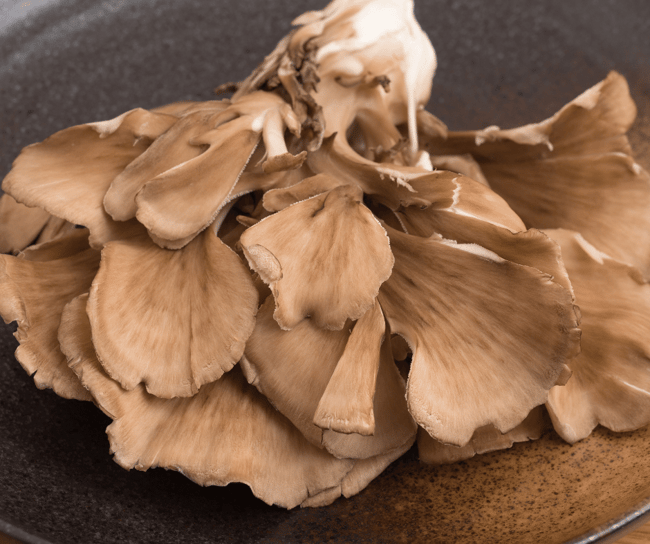
How do most people take maitake mushrooms?
If you’ve decided that maitake is the supplement for you, there are a number of ways to consume this nutrient-filled mushroom. Let’s look at the most popular ways people take maitake:
- Tincture: Maitake tincture comes in a small bottle with a dropper. These nearly tasteless droplets can be added into drinks, onto food, or simply taken by mouth.
- Extract powder: As with many other mushroom supplements, extract powder mixed into tea, coffee, or your favorite beverage is a popular way to consume maitake mushroom supplements. Additionally, people may steep the extract powder as a tea as an additional hot water extraction method to make the nutrients more bioactive and easier to break down.
- Capsules: People who prefer not to take powdered mushroom supplements utilize capsules to consume nutrient-rich maitake. If you decide to take capsules, ensure you’re looking for maitake D-fraction - which is an extract of the mushroom - in your capsule product description.
- Raw mushroom powder: Unlike many other mushroom types, there are studies where people took raw maitake powder as part of cancer trials. If you’d like to take raw mushroom powder, you can consume it similar to extract powder - either adding some to your favorite beverage or steeping it as a tea itself.
The good news? There is no wrong way to take a maitake supplement - it’s just important to find the best supplement format for your personal preferences!
When is the best time to take maitake supplements?
It is recommended to start taking maitake daily at a lower dosage to evaluate symptoms. Over time, you can adjust your dosage. There is no information at this time that indicates a specific time of day being best for supplementation, but it’s encouraged to play around with timing to see what works best for you personally.
How to make your maitake supplement more effective
When looking at ways to make the most of maitake supplementation, there are two recommended factors to consider:
- Taking maitake with vitamin C may make the supplement more effective
- Whole fruiting body supplements are considered best for overall health and better outcomes
Food for thought!
Want to learn more about the magical healing world of mushrooms? Check out our companion blog about easy ways to add maitake and other mushrooms to your diet.

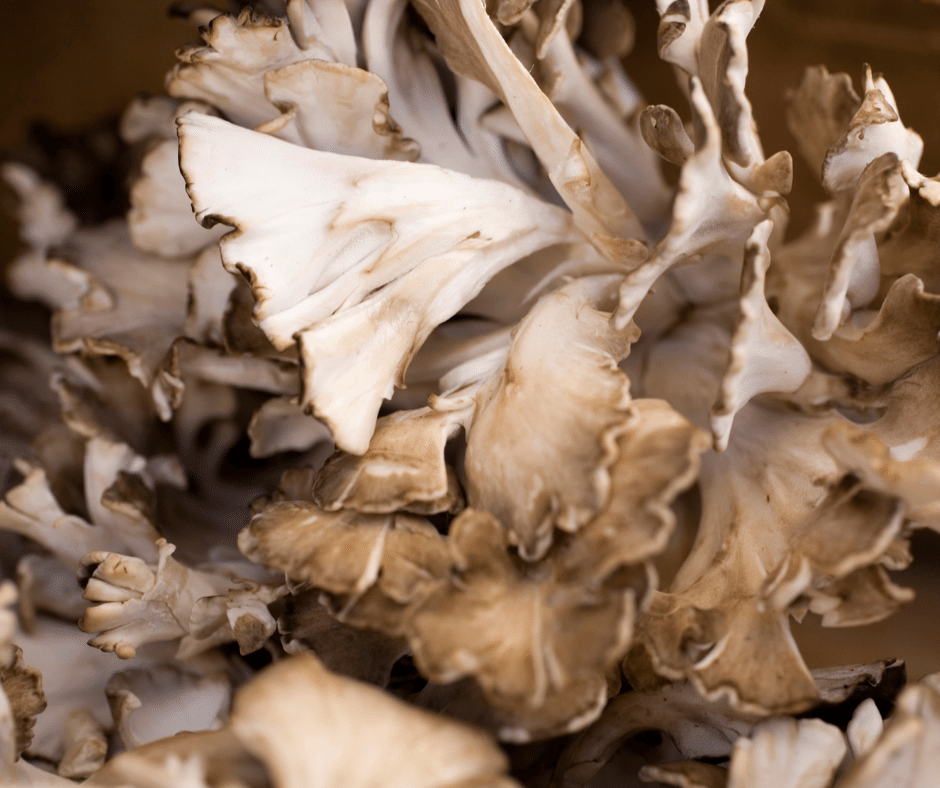
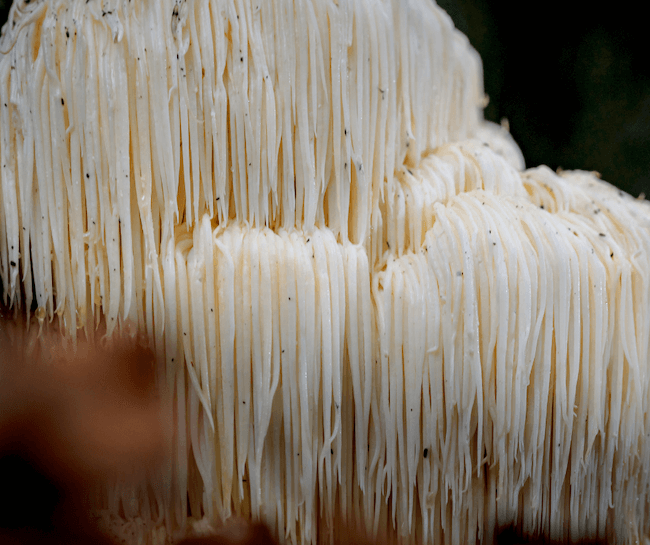


.png)
